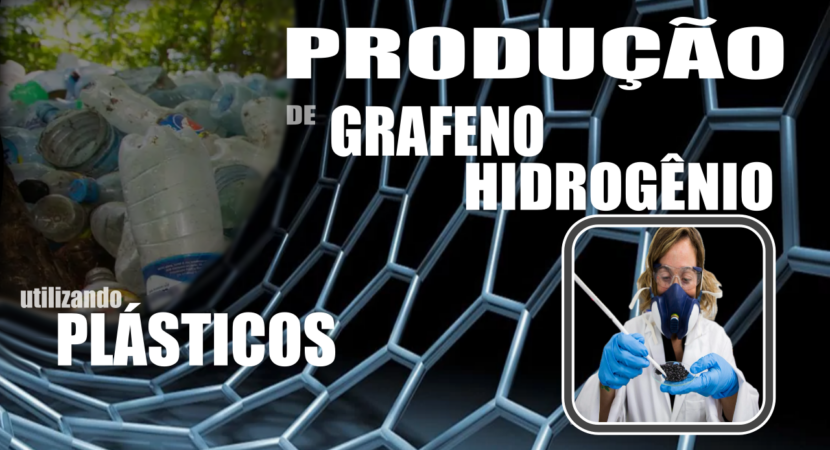
Producing hydrogen from discarded plastic, with the added benefit of creating graphene, promises to revolutionize the energy and recycling industry on the planet!
Hydrogen production from discarded plastic, with the added benefit of creating graphene, it has the potential to revolutionize the energy and recycling industry. This innovation not only contributes to the reduction of plastic waste, but also offers a cost-effective solution for the production of clean hydrogen.
Researchers at Rice University have made a revolutionary discovery: the production of hydrogen from plastic waste. This low-emission method also generates graphene, a valuable byproduct that can help offset production costs. O graphene, an extremely light and durable material, is composed of a single layer of carbon atoms.
The Rice University discovery represents a revolution in the way we deal with plastic waste. Rather than just being seen as an environmental problem, plastic waste now has the potential to become a valuable source of hydrogen and graphene. This could have significant implications for the circular economy, where waste is seen not as an end but as the beginning of a new production cycle.
Graphene: the world's philosopher's stone
Graphene, an extremely light and durable material composed of a single layer of carbon atoms, is known for its exceptional properties. In this innovative process, graphene production plays a crucial role. When converting discarded plastics em hydrogen gas high production and high-value graphene, researchers created a solution that could be a game-changer.

One of the main advantages of this method is its ability to deal with mixed plastics, eliminating the need for separation by type or washing, making the process more efficient and accessible. Furthermore, if the produced graphene is sold for just 5% of the current market value, this could result in virtually zero hydrogen production costs. Compared to “green” hydrogen obtained from renewable energy sources, which costs about $5 per kilogram, this approach is economically advantageous and environmentally responsible.
Redefining the future of hydrogen on the planet
Currently, hydrogen production mostly depends on fossil fuels, resulting in high carbon dioxide emissions. To meet net-zero emissions targets by 2050, it is imperative to adopt cleaner alternatives. O Hydrogen obtained through the steam reforming of methane, called “gray” hydrogen, is unsustainable in the long term. Demand for clean hydrogen is set to increase in the coming decades, making initiatives like this even more crucial.
The process involves Joule heating at high temperatures, vaporizing the hydrogen present in plastics and leaving graphene as a byproduct. The results indicate that up to 68% of atomic hydrogen can be recovered with a purity of 94%.
Transforming Waste into Clean Energy
Producing hydrogen from discarded plastic, with the added benefit of creating graphene, has the potential to revolutionize the energy and recycling industry. This innovation not only contributes to the reduction of plastic waste, but also offers a cost-effective solution for the production of clean hydrogen. As demand for cleaner energy grows, approaches like this could be the key to a more sustainable future.
Combining advanced technology with environmental responsibility, this Rice University research points to a bright horizon where plastic waste becomes a valuable source of clean energy and high-value materials. The search for innovative and sustainable solutions is essential to face today's global challenges and build a greener and more prosperous future.











